Transcription of European Journal of Agriculture and Forestry …
1 European Journal of Agriculture and Forestry research , pp. 26 -37, December 2013 Published by European Centre for research training and development UK ( ) 26 CRITICISMS, VARIATIONS AND EXPERIENCES WITH business model CANVAS Prof. Hong Y Ching business Department, Centro Universit rio da FEI, Brazil Email : Clemens Fauvel research student, Karlsruhe Institute of Technology, Germany Email: ABSTRACT: The objective of this study is to highlight the importance of the use of BMC to the entrepreneurs and the academic world. In pursuing this objective, the authors want to discuss the BMC problems and criticism and show its variations in order to help entrepreneurs use these models in the right way and successfully plan their businesses.
2 The shortcomings and weaknesses of the model will then be compared with experiences made in the class Entrepreneurship II offered in a undergrad course of business at a Brazilian university in the state of S o Paulo. The experience with them highlighted the importance of the use of BMC and it was helpful in developing their business plans. The contribution of this study to the body of knowledge is to fill the vacuum that exists in terms of academic study concerning the use of business model Canvas by the entrepreneurs when developing their business plan as well as to advance research in the areas of small and medium enterprises.
3 KEYWORDS: business model Canvas, business Plan, Entrepreneurs, business model , Small and Medium Enterprises INTRODUCTION In the rising entrepreneurial ecosystems and communities, a really important part is communication. People need to talk to each other about their ideas, innovations and inventions in order to develop and improve them. This can also be seen in the concept of Open Innovation, where solution seeker and problem solver cannot only meet within a company but also in some sort of collaboration (Chesbrough, 2003). But in that process you soon come up with some problems.
4 How do I present my idea or business model ? Which parts do I need to tell so the basic story is told but boring necessities are left out? How can I give enough information so we can discuss the potential of the idea? Osterwalder, Pigneur and Clark (2010) introduced a model which answers exactly those questions. Their motivation on building the business model Canvas was: We need a business model concept that everybody understands: one that facilitates descriptions and discussion. We need to start from the same point and talk about the same thing. The challenge is that the concept must be simple, relevant and intuitively understandable, while not oversimplifying the complexities of how enterprises function.
5 In the beginning of the book business model Generation Osterwalder et al (2010) ask three general questions: European Journal of Agriculture and Forestry research , pp. 26 -37, December 2013 Published by European Centre for research training and development UK ( ) 27 1) Are you an entrepreneurial spirit?; 2) Are you constantly thinking about how to create value and build new businesses, or how to improve or transform your organization?; 3) Are you trying to find innovative ways of doing business to replace old, outdated ones? If the reader answers only one of them with yes , he is welcomed friendly to a group of visionaries, game changers and challengers to defy outmoded business models and design tomorrow s enterprises (Osterwalder et al.
6 , 2010). In the following, the so called business model Canvas BMC gets developed and explained to the reader. The model got quite famous in the recent years. Basically everyone around the world working with Entrepreneurship knows what it is. More than 650,000 people all over the world are using it ( ).But as the model is now tested and used for a couple of years it comes to interest what is not good in it. What are possible shortcomings and downsides? What problems do people have while working with it? This is only a model which means it abstracts the reality in some parts.
7 But are these parts missing? Contribution to the existing body of Knowledge There is a vacuum that exists in terms of academic study concerning the use of business model Canvas by the entrepreneurs when developing their business plan as well as its problems and criticisms, as the academic papers about BMC were practically non-existing. This paper will also contribute to advance research in the areas of small and medium enterprises SMEs since these areas play a very important role in the local economies. The objective in this study is to highlight the importance of the use of BMC to the entrepreneurs and the academic world.
8 In pursuing this objective, the authors want to discuss the BMC problems and criticisms and show its variations in order to help entrepreneurs use these models in the right way and successfully plan their businesses. The shortcomings and weaknesses of the model will then be compared with experiences made in the class Entrepreneurship II offered in a undergrad course of business at a Brazilian university in the state of S o Paulo. The remainder of the paper is organized into five sections. In the next, the literature review on BMC, its criticisms and variations. Then, the methodology and data collection.
9 This provides the context necessary for the fourth section, which presents the discussion of the results. The paper moves to the conclusions and recommendation that summarize the objective of this study. Finally, a suggestion of future research is presented. LITERATURE REVIEW The business model Canvas BMC BMC consists of nine basic components of a business model . Instead of simply having them in a row, they are put on a canvas so the visualization of the different issues relation is improved. That helps the user to map, discuss, design and invent new business models. The whole thing can basically be divided in the product on the left side and the market on the right, while the value proposition is obviously divided in half (Maurya, 2010) see figure 1.
10 On the very right we have the Customer Segments , all the people or organizations for which you are creating value, including simple users as well as paying customers. For each of the segments we have a specific Value Proposition , all the bundles of products and services which create value for your customers. The Channels describes through which touch points you are interacting with your customers and delivering value, while the Customer Relationships outlines the type of relationship you are establishing with your customer. European Journal of Agriculture and Forestry research , pp.

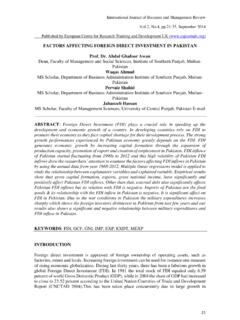

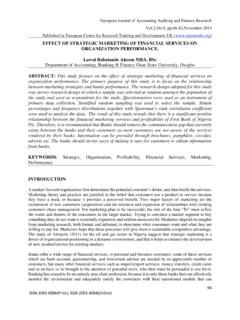
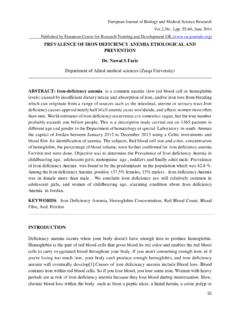

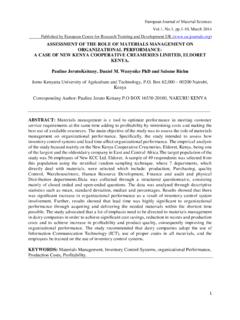
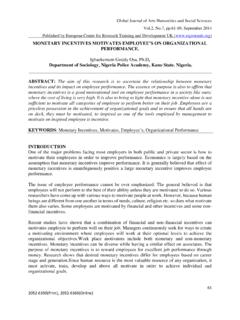
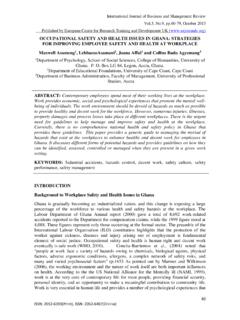

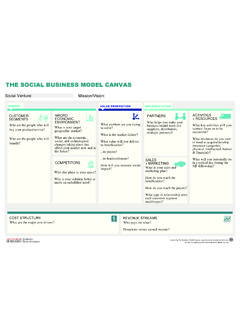
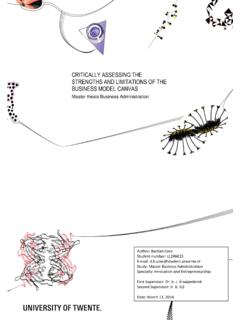

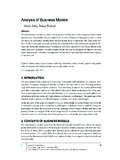

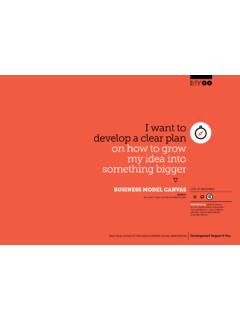
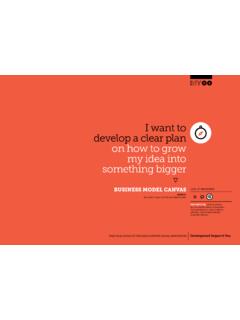
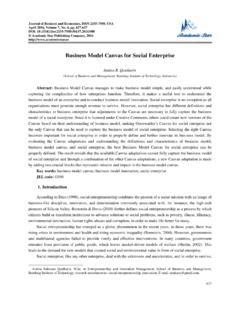

![CWT 1dbX]Tbb <^ST[ 2P]ePb 3TbXV]TS U^a) …](/cache/preview/0/6/9/7/0/6/d/e/thumb-069706de32ac780ef219ca36b5ba0904.jpg)